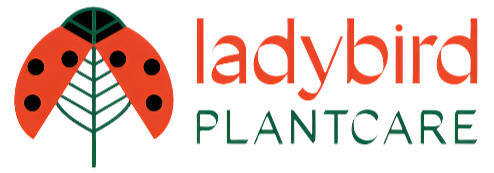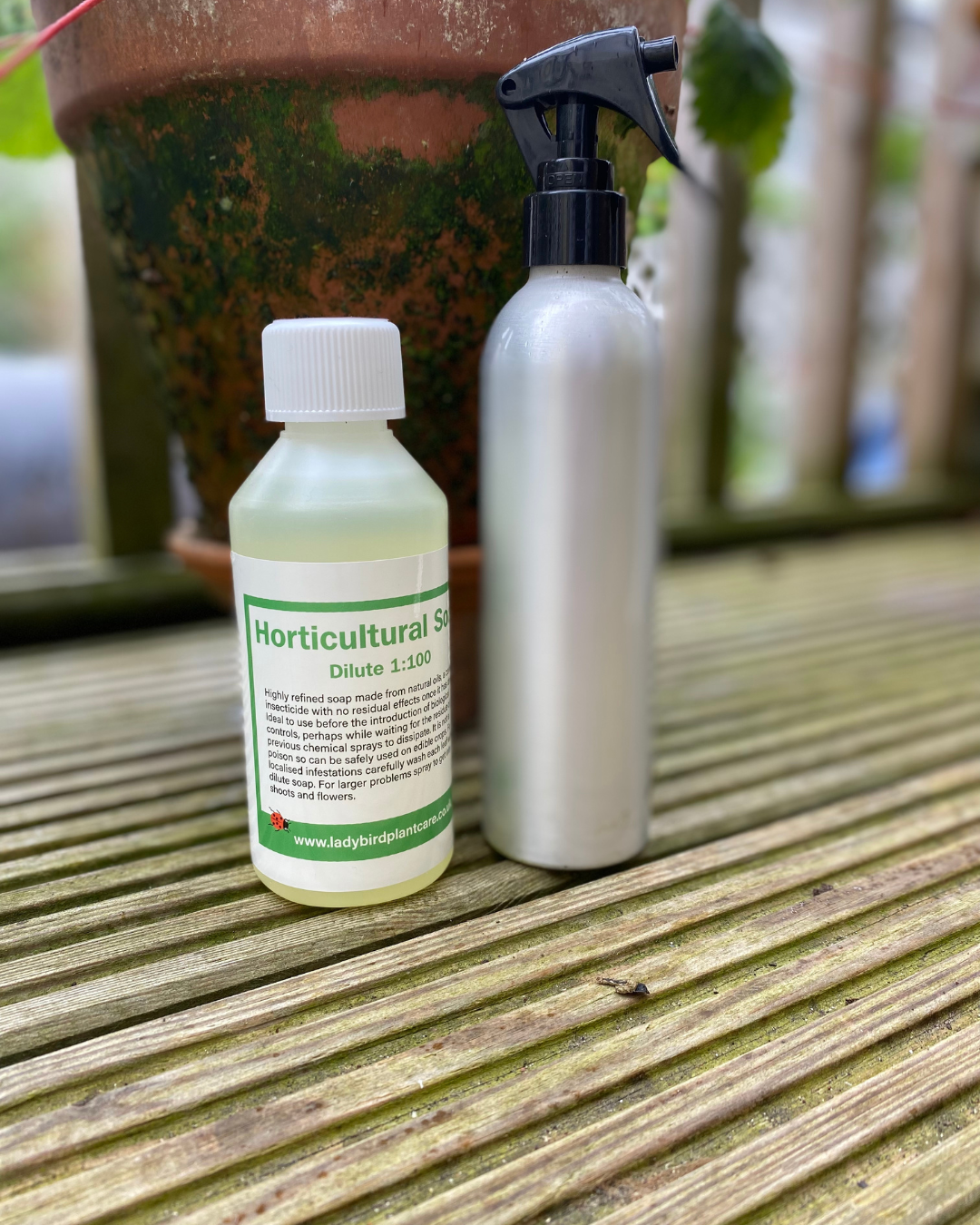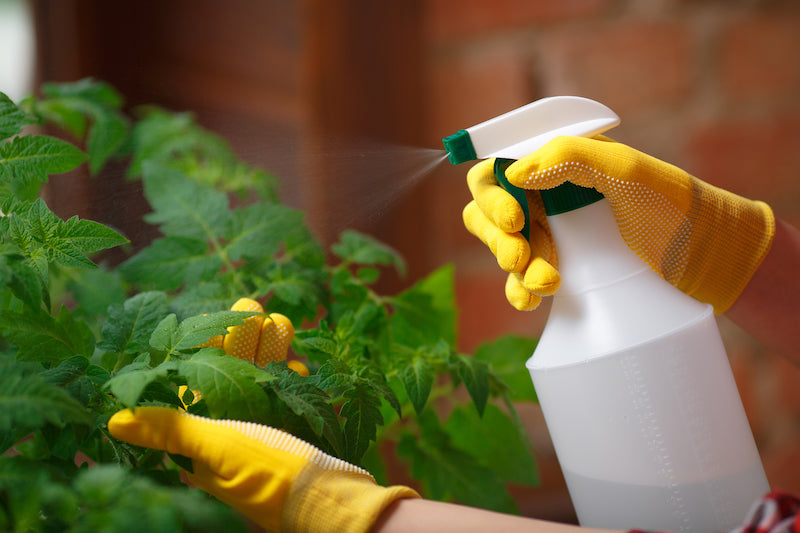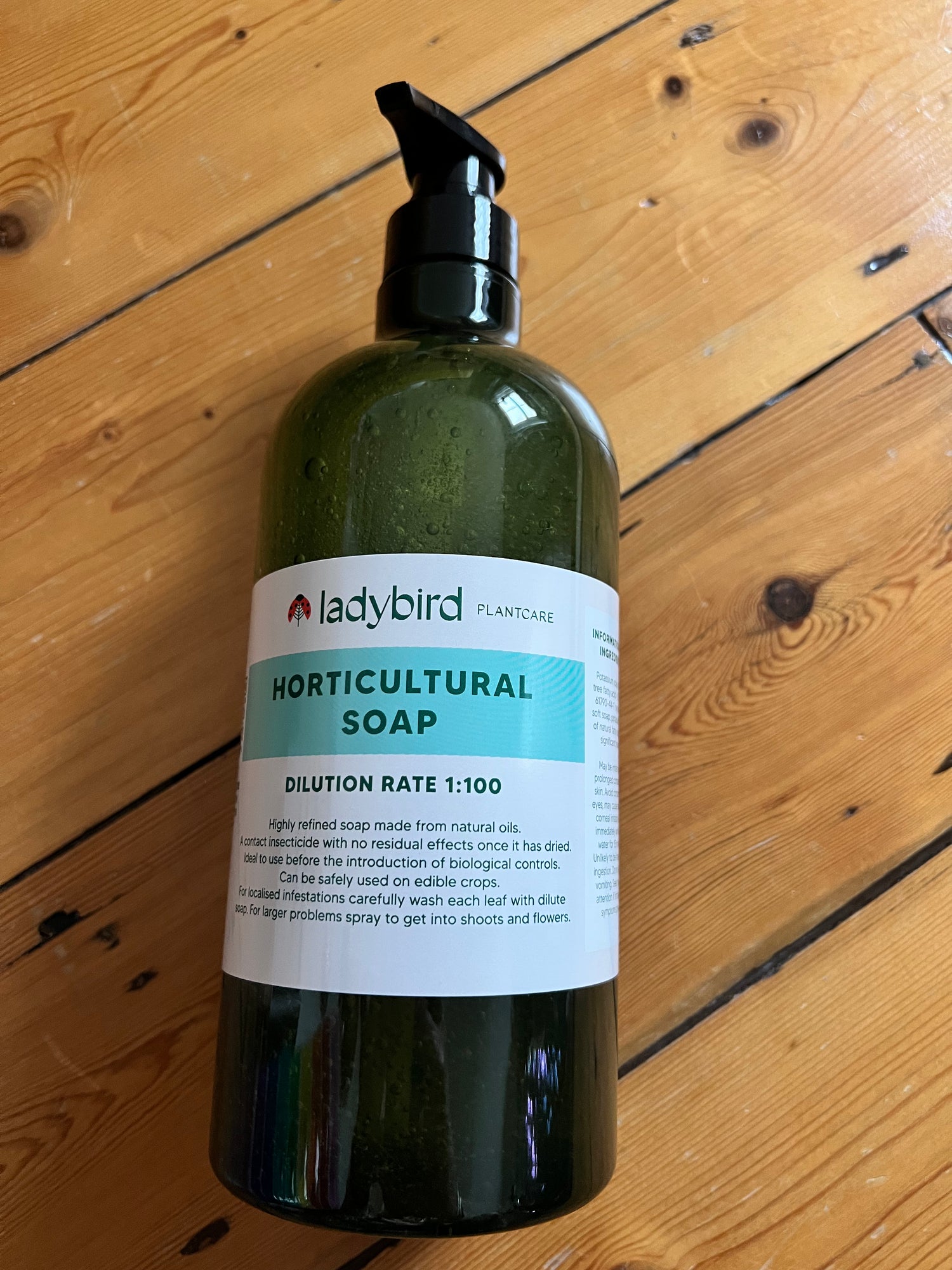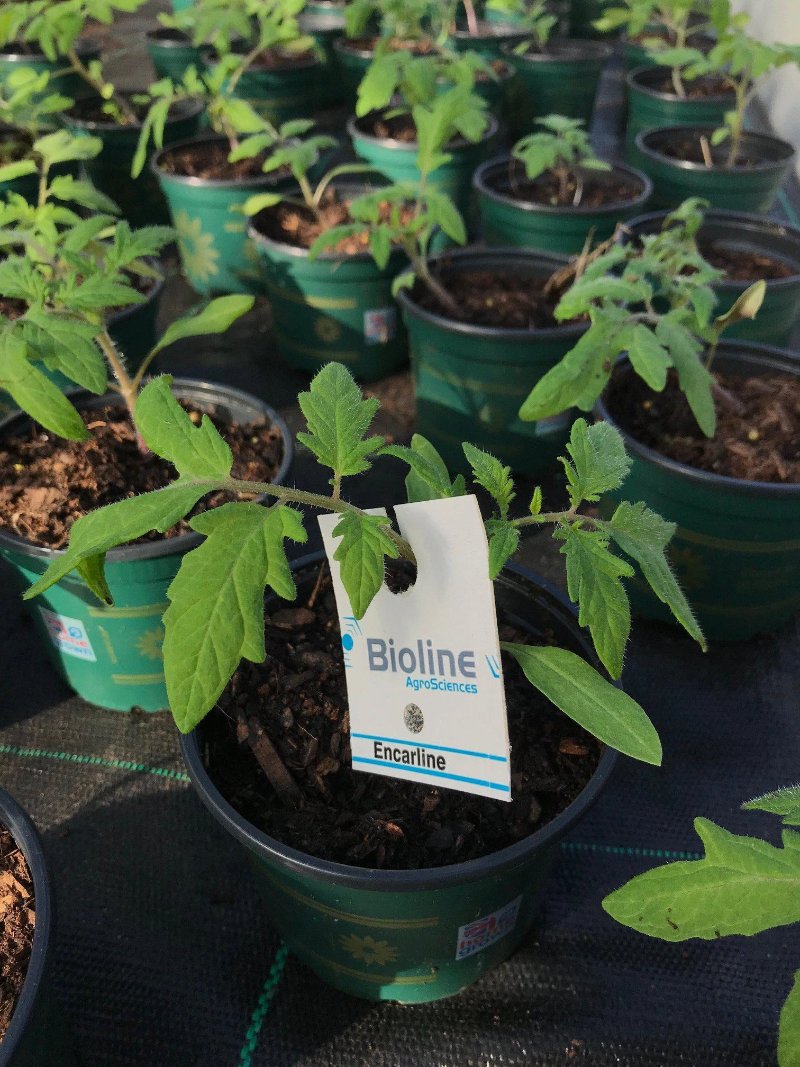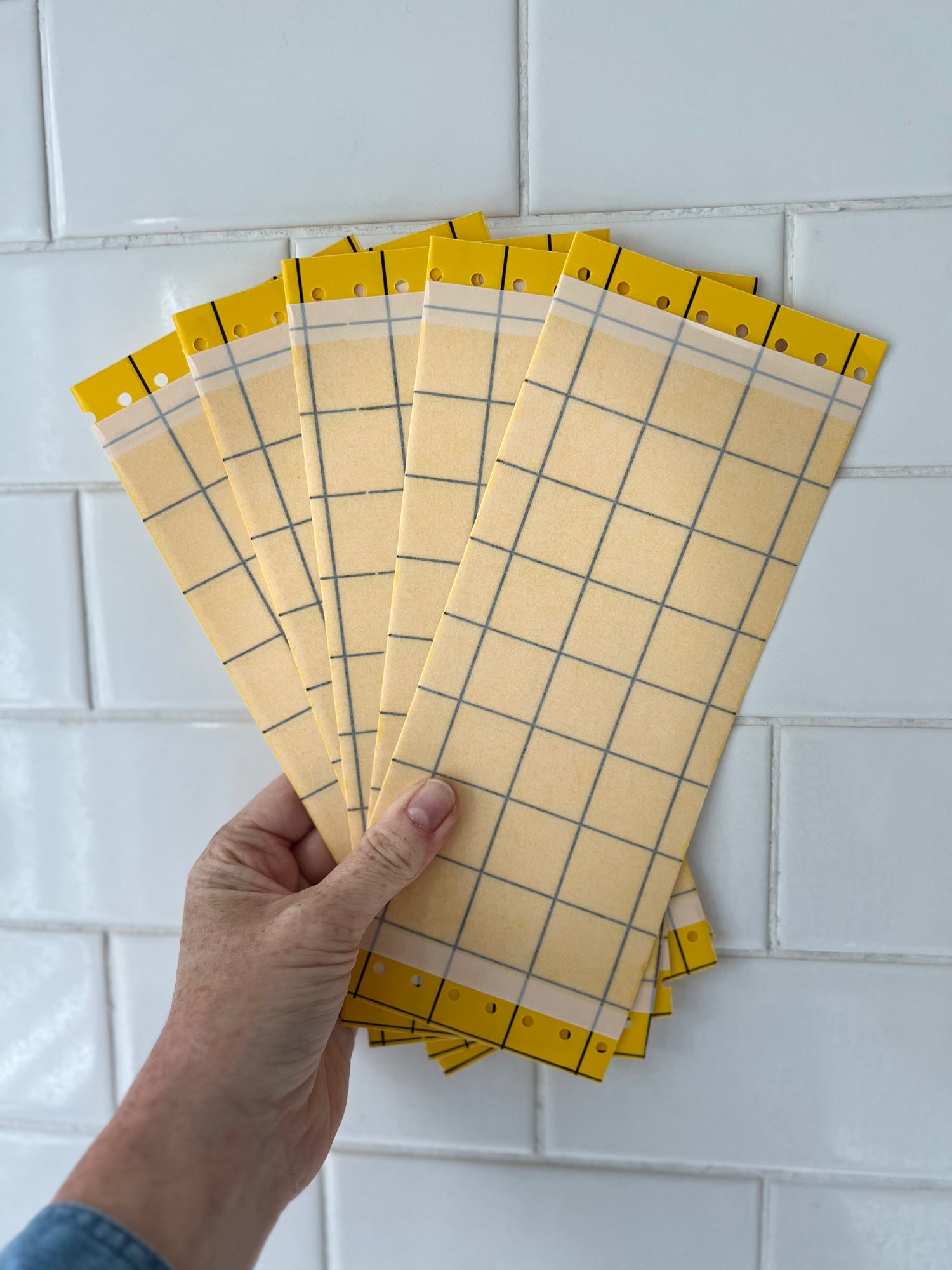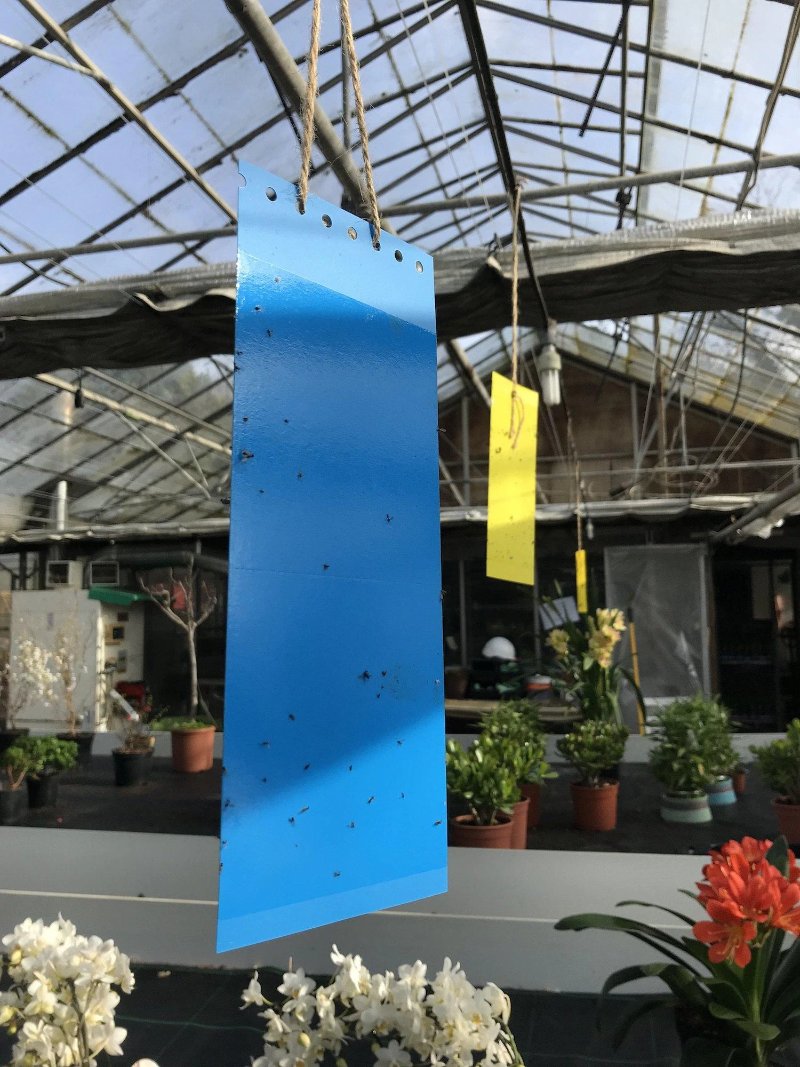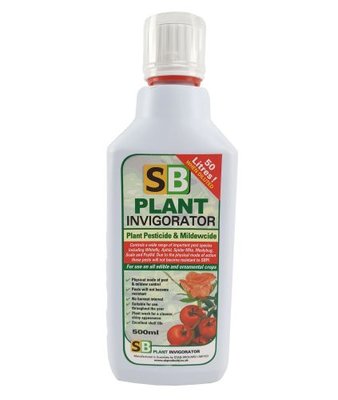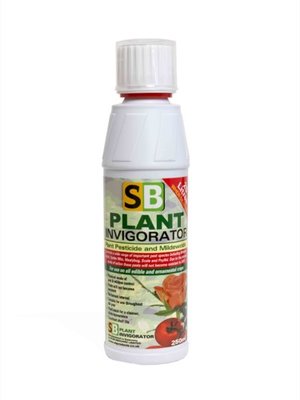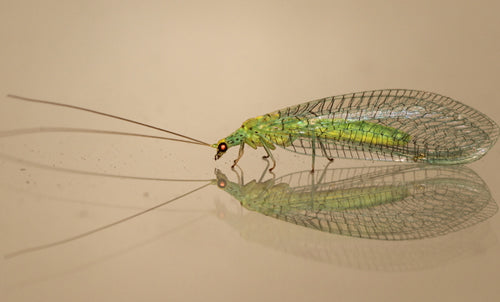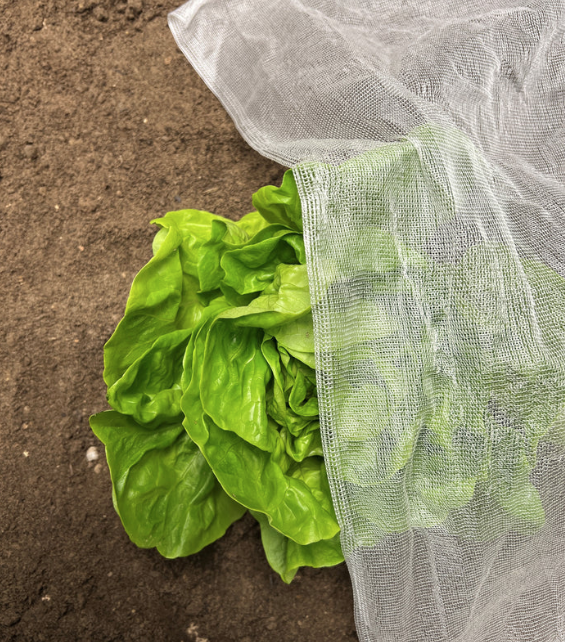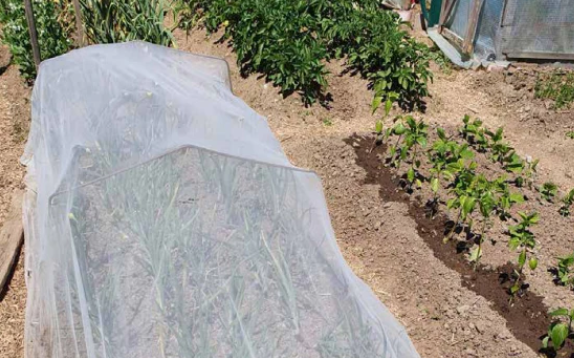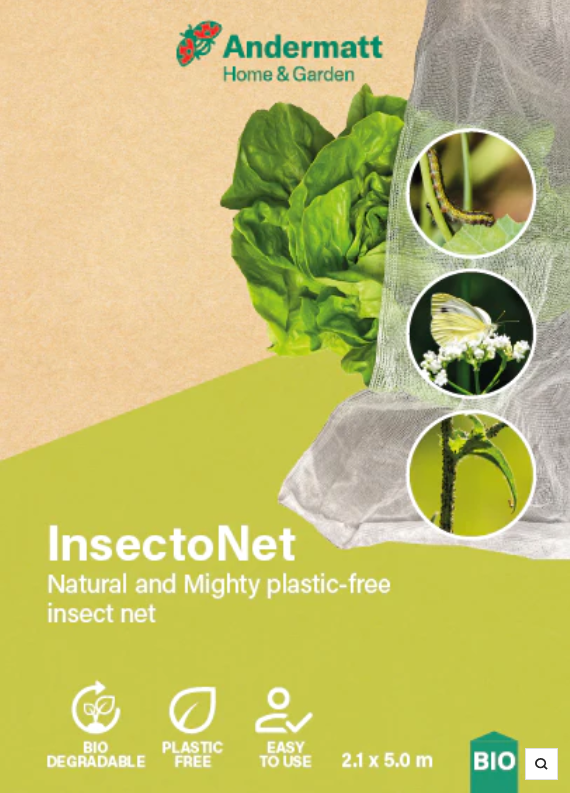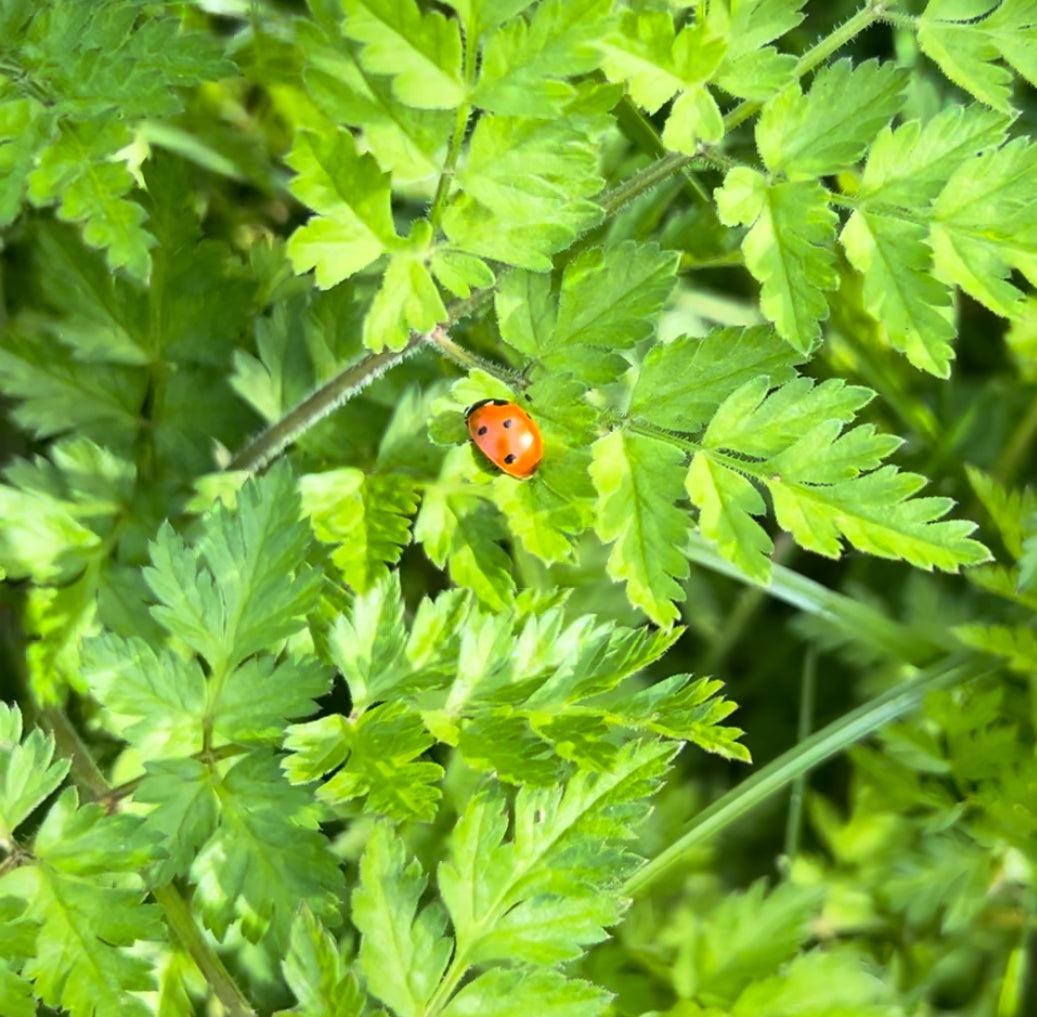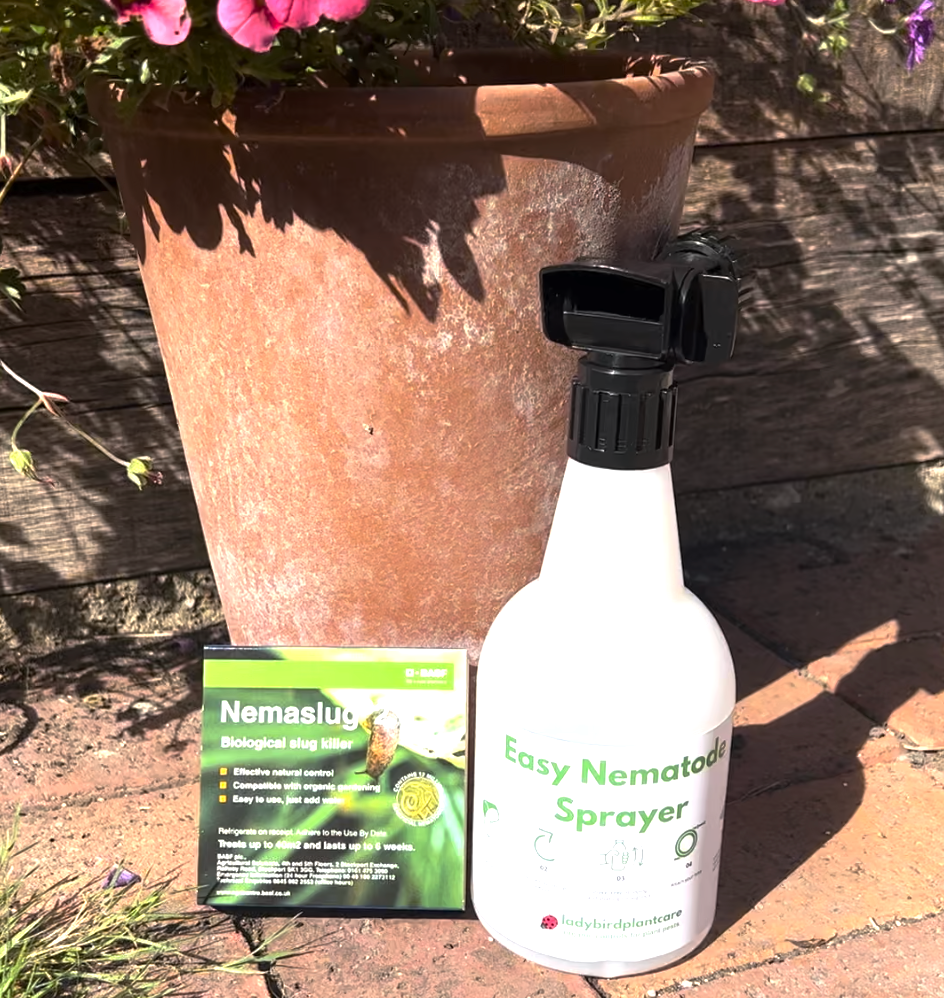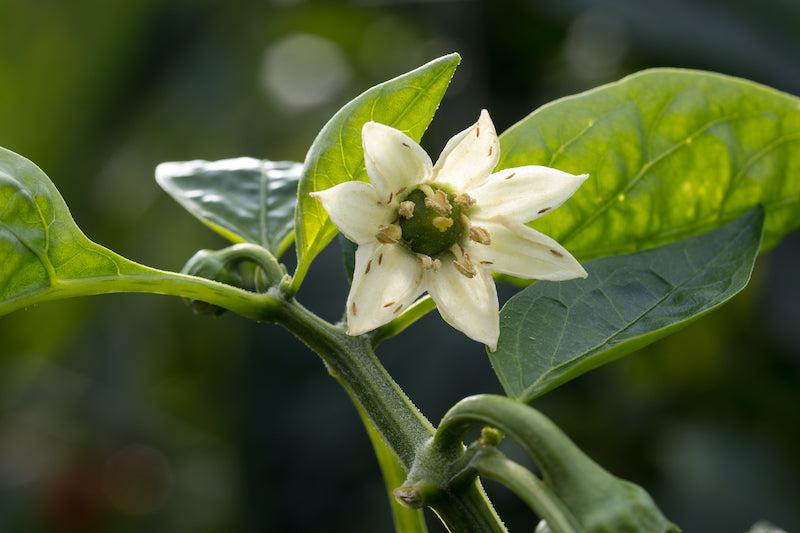WHITEFLY CONTROLS
Sort by:
6 products
6 products
NB This predator is only active at temperatures in excess of 18-20°C
The most effective treatment for whitefly is the parasite "Encarsia". It is supplied on small cards which can be hung up around your plants. You can read the instructions for this product HERE.
The smallest packs (5 & 10 cards) are only available March to mid September. Biological controls are not always kept in stock, they are ordered in fresh. This can sometimes lead to a time lag between when you place the order and when it is despatched. Order by 10am Monday for same week despatch.
Glasshouse whitefly are small white flying insects which lay eggs on the undersides of leaves. Whiteflies suck sap from their host plant and drop sticky secretions onto leaves below. Left uncontrolled they will overwhelm the plant, weakening it and flying around in huge numbers. Undersides of leaves become populated with Whiteflies adults and white eggs (scales).
Whitefly are fairly inactive in cool temperatures over Winter, but multiply very quickly in warm Spring and Summer weather. They fly about at the slightest disturbance, like tiny moths, and may even create ghostly white clouds in the air.
Instructions for use
Encarsia works best with temperatures above 21°C but prefer cool glasshouse conditions below 25°C with 12hr+ daylight hours. Generally, this means introducing Encarsia from mid March to August, although it can be earlier or later with extra heat and light.
Hang cards on lower branches so that they may be in a slightly shady position.
5 cards should give good control for an average conservatory or small greenhouse. If you have a longstanding battle with whitefly follow up the initial treatment with a second introduction one weeks later. If you have a low lever of whitefly or are using Encarsia as a preventative method then application can be every 2 weeks.
Identifying Whitefly
Remember whiteflies are nearly always moving. If you see white threads static on tops of the leaves, they are not whitefly but something else - very likely to be shed aphid skins dropped down from developing Aphid under leaves above. Or they could be thrips larvae. They are not "whitefly" unless body and wings are a ghostly white.
The glasshouse whitefly (Trialeurodes vaporariorum)is the most common. You can recognise them by their heart-shape profile when looked from above. Tobacco whitefly (Bemisia tabaci) have parallel wings which are longer, and when folded you can still see a strip of their back between the wings. There are up to 50 different species of whitefly in Europe, but from a gardeners point of view they are all plant pests.
Although Encarsia is very effective for the common glasshouse whitefly, it doesn't work so well for tobacco whitefly. It's therefore worth trying to identify what whitefly you have before treating. If you need any help identifying the whitefly you have then please don't hesitate to contact us.
Traps are a great way to find out what pests are present on your plants and can trap a good quantity of flying and crawling pests.
Sold in packs of 5.
Sticky traps are a great way of monitoring and reducing pest numbers.
Yellow catch aphids, whitefly, leafminers, fungus gnats and more. The yellow trap are eco friendly card traps.
Blue traps are great for thrips.
Red traps for monitoring and controlling leafhoppers.
This is a great product for protecting your plants from a range of bugs and pests.
This product is currently only available in the 500ml size due to packaging issues with the 250ml
This is effectively an environmentally friendly pesticide made from natural ingredients which is totally biodegradable. It has a three-way benefits. It controls mildew and other fungal infections. It acts as a foliar feed to strengthen plant growth. It attacks a wide variety of insects on contact, simply by gumming up their wings and breathing tubes.
The 250ml bottle goes a long way - it will dilute 10 to 1 to make up 25 litres of solution.
Use SBI to control and reduce delicate sap-feeding pests including:
Aphid (multiple species), whitefly, spider mite, mealybugs, hard scale, soft scale, bay sucker psyllids, and powdery mildew. To gain control you will need to use it every other day for a week or so.
Once pest numbers are under control, try to use it almost every other week and wet the plant thoroughly including the undersides of leaves where the aphids and crawlers like to lurk. Repeat applications are necessary because it works by "suffocating" the smaller insects and there will always be the danger of more hatching out or flying in to replace them. You can even "dunk" small plants upside-down in SBI if the aphids are hiding in the flower buds.
SB Plant Invigorator is:
• A unique blend of plant safe, physical pest control surfactants
• A physical mode of action to control pests and powdery mildew
• Suitable for use on edible and ornamental crops
• Has no harvest interval meaning you do not need to wait before eating your edibles.
• Suitable for use throughout the year
• Will not harm beneficial insects when used at the recommended rates
Lacewings are best known as a predator of aphids, and fully deserve the nickname "aphid lion" as a single insect can consume 100-600 aphids in its lifetime.
You can read the instructions for this product HERE.
Sold in 500s or 1000s. Orders placed by 10am Monday will be despatched later in the week.
Finally, you can net off your fruits and veg in an eco-friendly way that doesn't generate harmful plastic waste.
Plastic-free, biodegradable insect netting. Made from plants, not petroleum.
Looks like plastic, feels like plastic, but is not plastic.
Protect your fruit and vegetables from common garden pests such as flies, butterflies and birds. The fine mesh ensures protection against even the smaller pests whilst allowing a high amount of light penetration to ensure good growth.
Shipped in recyclable packaging. InsectoNet comes as a single piece of fabric 2.1 by 5.0 metres in size that can easily be cut to size. The high quality fabric means it won't fray on the edges when cut. It lasts at least 3 years.
Use from planting until harvest, approximately April - September.
Do not use during flowering period for plants which require pollination.
Flies, butterflies and moths are often attracted to fruit and vegetable plants to lay eggs which hatch into devastating pests. If adults are kept away from plants, they cannot lay eggs. Using a fine net prevents egg laying and therefore the need to control feeding pests.
The 0.85mm fine mesh provides excellent protection against many pests including;
Cabbage Root Fly
Carrot Root Fly
Onion Fly
Cabbage White Butterfly
Pea Moth
Leek Moth
Cutworm
Thrips
Whitefly
Leaf Miners
Many common aphid species
Finally, you can effectively net your fruit and vegetables without plastic! Biodegradable, this netting is revolutionary. It looks and feels just like a plastic net, but is made from plants.
And as an added bonus you can use it as a plastic free frost fleece! It will protect from a light frost down to 2°C
